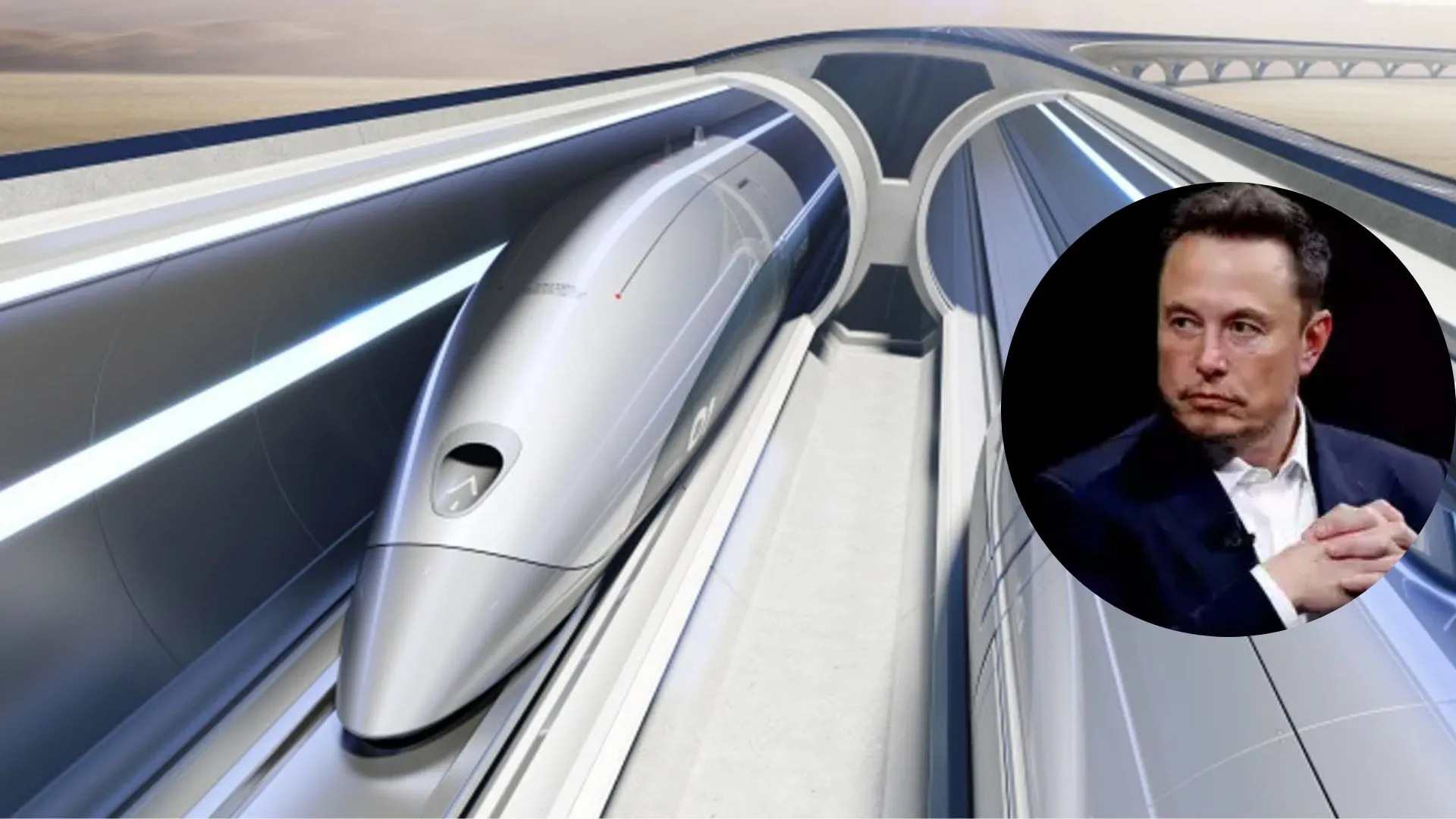Plans for a revolutionary transatlantic tunnel between New York and London have re-emerged, with new interest in what would become the fastest way of traveling ever imagined. The ambitious project, to cost a whopping $20 trillion, promises to connect the two cities in a journey that will take a mere 54 minutes. How will it be possible, asks this writer, as he asks Elon Musk about the visionary behind the Hyperloop?
The idea of a transatlantic tunnel has been in the pipeline for decades. However, previous efforts have been stalled due to challenges related to scale, cost, and technology. The tunnel, which would stretch more than 3,000 miles, would dwarf the Channel Tunnel (the Eurotunnel) connecting France and the U.K., which measures just 23.5 miles. With a length of over 130 times that of the Channel Tunnel, the prospect of digging a tunnel through the Atlantic Ocean is one that seems almost impossible with present technology.
The Channel Tunnel itself took six years to complete and opened in 1994. Even then, at that rate of construction, the transatlantic tunnel would take generations to complete. But now, with new technological discoveries, such an ambitious undertaking may be possible than at any other time in the past.
The Hyperloop Revolution
Recent advances in vacuum technology have breathed new life into the dream of a transatlantic tunnel. In a vacuum environment, where air resistance is nearly eliminated, high-speed trains could travel at speeds approaching 3,000 miles per hour—far beyond the capabilities of current rail systems. This development is central to the idea of a “Hyperloop,” a near-frictionless transport system where capsules move through tubes in a vacuum-like environment, drastically reducing travel times.
Elon Musk popularized the idea back in 2013 by suggesting a high-speed transport system that would maybe even revolutionize long-distance transport. In Musk’s envisioned transport, capsules would make almost frictionless tubes they will travel through, enormously boosting the speed and, thereby, efficiency. Technology that would make Hyperloops remains still in its developmental phase, but countries, including China and India, have already started vacuum trains test runs, which should come into the future train line of high-speed roads.
Huge Price Tag For Transatlantic Tunnel
With an expected price tag of around $19.8 trillion for the transatlantic tunnel, it seems highly probable to radically change the patterns in traveling. In short words, the magnitude of undertaking is so big that overshadows any past structure task. Building such a great tunnel under the Atlantic ocean would require such giant-level global cooperation and fund where not only U.S.A. and U.K are involved but the International team also.
However, proponents argue that the investment is worth it. The tunnel could vastly improve global travel times, making trips across the ocean quicker and more convenient. Moreover, it could potentially reduce the environmental impact of air travel, which is one of the largest sources of carbon emissions.
How Will Tunnel Be Built?
Many concepts have been put forward regarding the transatlantic tunnel, each with its own challenges. One is to place the tunnel on stilts above the ocean floor. Other concepts include construction below the ocean floor. Another proposed design is a floating tunnel anchored to the ocean floor by cables. Each concept presents unique engineering and logistical challenges, from maintaining structural integrity to managing the forces exerted by the tides and currents of the ocean.
Creating this would also necessitate developments in construction, materials science, and the regulation of safety. Maintaining a building or structure over the Atlantic is no small feat, so the risks involved in developing a tunnel in such a capricious environment make it even more precarious.
Is It possible?
Still, although costly and technologically challenging, the idea does capture visionaries’ minds, one of whom remains Elon Musk, though it cannot be understood if such an enormous undertaking will ever really come into being. After all, developments in the fields of vacuum technology and high-speed rail and modern construction make this dream well within sight for the very first time.
ALSO READ | Meet Thomas Dickey, Altoona Lawyer Representing Luigi Mangione In Brian Thompson Murder Case

















